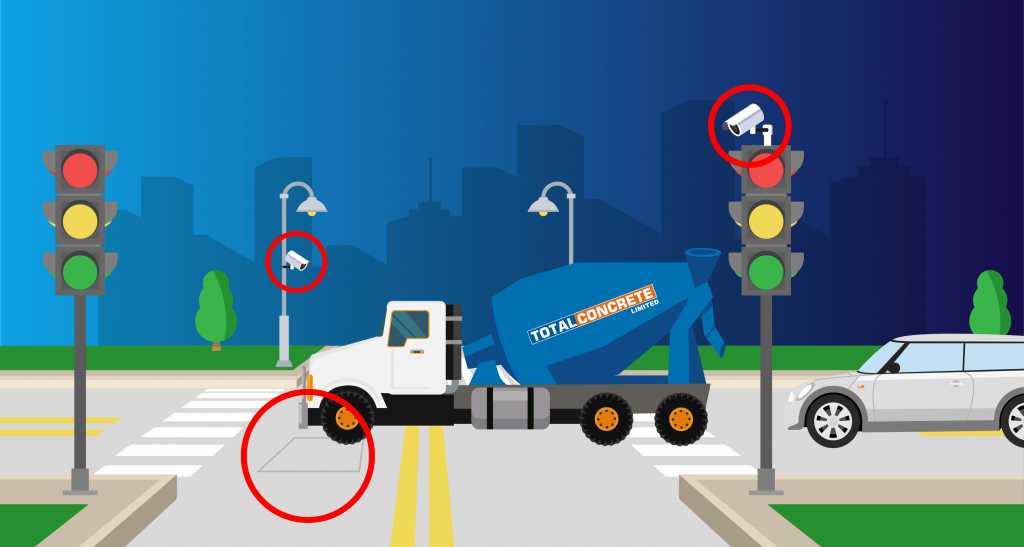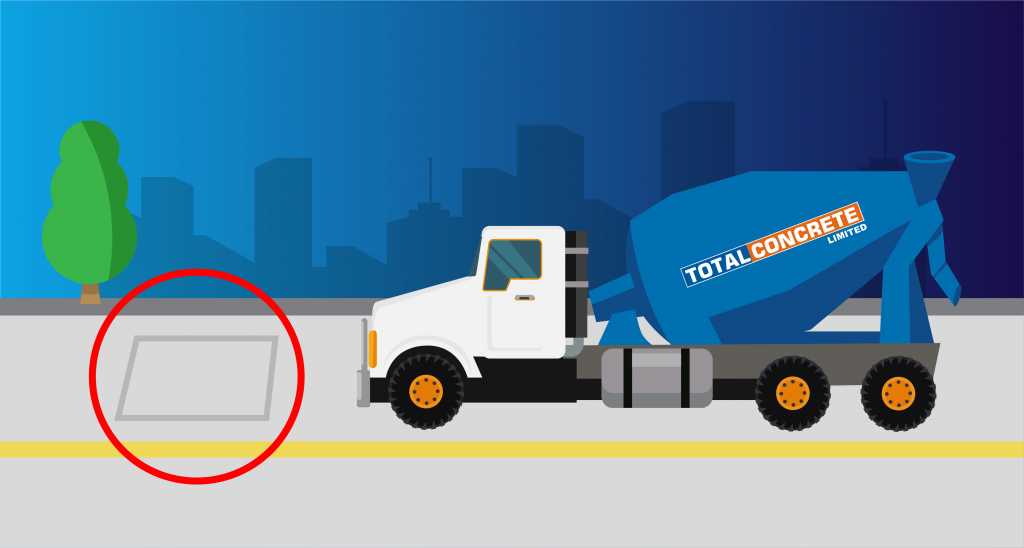How Do Traffic Lights Work?
Have you ever wondered how traffic lights detect the inflow of traffic? You may not have spotted them, but sensors are used by traffic lights to detect the presence of vehicles at specific points, as well as to measure and monitor the volume of traffic.
In this article, we explain what the different sensors are and how they work.

Inductive loops
An inductive loop is a coil embedded in the concrete surface of a road. When a vehicle passes over this road, it temporarily causes a change in the magnetic field induced by the loop. As soon as the car leaves the road, the magnetic field reverts back again. The presence of a vehicle is registered by measuring the change in the magnetic field induced by the inductive loop.
Inductive loops require you to fit a coil into the concrete. To get the best results, always ensure you use high-quality concrete for commercial use.

Infrared sensors
Infrared sensors are typically used in traffic signals to determine the presence of vehicles at a junction.
Unlike inductive loops, infrared sensors are mounted overhead.
There are two types of infrared sensors: active and passive.
Active infrared sensors emit low-level infrared signals into a specific zone. A vehicle is detected when it enters the zone and disrupts the signal.
Passive infrared sensors do not emit signals of their own but instead detect the infrared energy emitted from nearby vehicles. A vehicle is detected when it enters a specific zone, causing a change in infrared energy. The passive sensor detects this change and sends a signal back to the traffic lights.

Microwaves
Like infrared sensors, microwave sensors are mounted overhead. They work similarly to infrared sensors in that they use electromagnetic energy to detect traffic at intersections. However, instead of infrared energy, microwave sensors detect microwave energy.
Microwave sensors are less prone to interruption by fluctuating temperatures than infrared sensors, making them more accurate. However, infrared sensors are still more common because they are less expensive than microwave sensors.
Why do temporary traffic lights cause traffic build up?
If sensors are so accurate at detecting traffic and regulating it accordingly, why is traffic build up so common in temporary traffic lights?
Traffic lights often use a combination of sensors, with inductive loops being the most useful at regulating traffic. However, inductive loops are built into the ground and linked up to a specific set of fixed traffic lights. Because temporary traffic lights are, well, temporary, they do not utilise inductive loops. Instead, modern temporary traffic lights typically use infrared sensors exclusively.
In addition, the reason for using temporary traffic lights will impact the buildup of traffic. For example, if one side of a two-way road has been closed off due to an accident, temporary traffic lights are required to regulate traffic from both directions travelling on one side of the road.
Inductive loops are vital for ensuring traffic lights work as intended and traffic is suitably regulated. To install inductive loops, you must make sure you use high-quality concrete to house the coil.
At Total Concrete, we provide concrete made to your exact specifications. Using only the finest-grade concrete, we’ll ensure your project gets the concrete it needs, delivered exactly when you need it.
We serve domestic and commercial customers across Woking, Surrey and Guildford. Contact our team to place your order or find out more information.
 Trade Zone
Trade Zone
